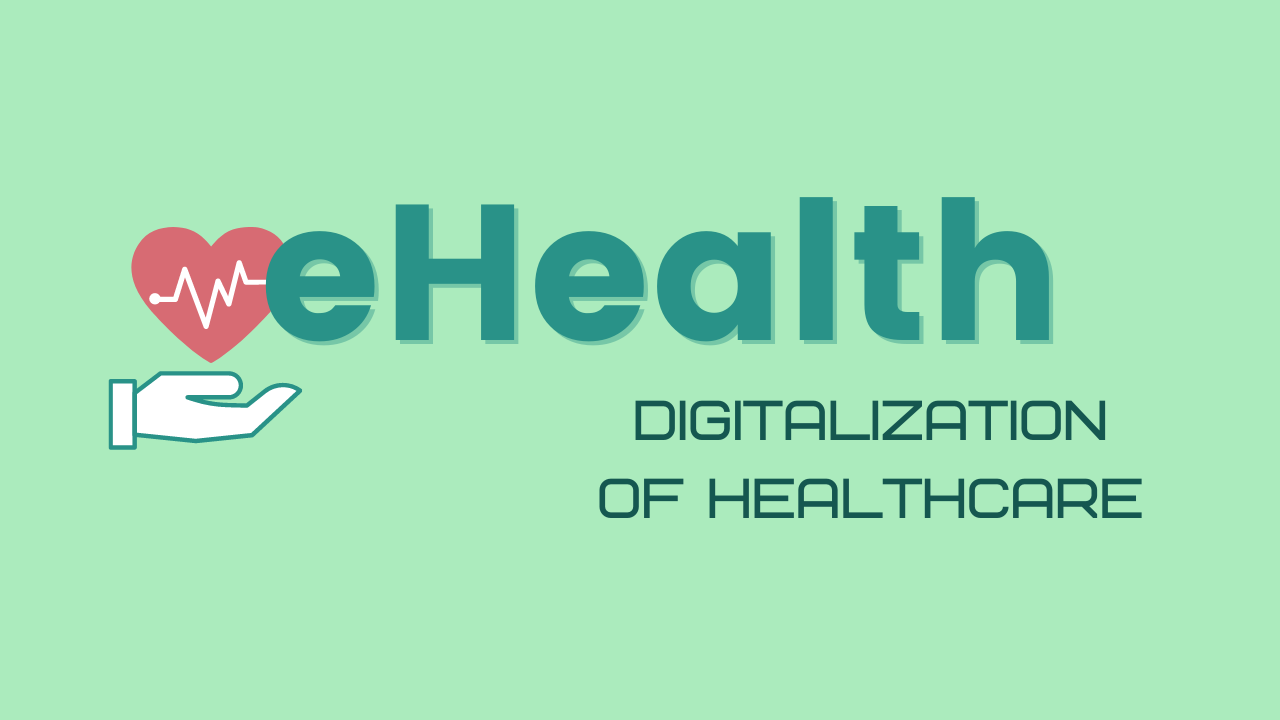eHealth
Wiki Article
eHealth
Overview
eHealth, also referred to as digital health or Health care technologies, refers back to the use of Digital communication and data technology while in the healthcare sector. It encompasses a wide range of technologies and apps geared toward increasing the efficiency, efficiency, and quality of healthcare shipping.
Targets of eHealth
The key aims of eHealth can be summarized as follows:
Improved Use of Health care: By leveraging electronic technologies for example telemedicine and distant patient monitoring, eHealth aims to enhance use of Health care solutions for individuals residing in distant spots or with restricted mobility.
Improved Good quality of Treatment: Through resources like electronic overall health data (EHRs) and scientific decision assistance techniques (CDSS), eHealth seeks to reinforce the caliber of treatment by facilitating precise and well timed facts Trade among the Health care gurus.
Patient Empowerment: By supplying individuals with entry to their health-related information, customized wellness apps, and on-line educational resources, eHealth empowers people to consider an active role in managing their very own well being.
Price Efficiency: Employing electronic platforms can assist minimize administrative expenses related to paper-based systems though enabling successful coordination amongst distinct stakeholders within the Health care ecosystem.
Essential Programs of eHealth
Several vital apps contribute to acquiring the aims outlined over:
Digital Wellbeing Information (EHRs):
EHRs are electronic versions of patients' clinical information that can be quickly accessed by authorized Health care companies linked to a individual's treatment. They supply an extensive check out of the individual's medical heritage, lab outcomes, prescription drugs prescribed, allergies, and various pertinent scientific information.
Telemedicine:
Telemedicine will involve delivering Health care remotely through video clip conferencing or cellular phone calls. It allows doctors to consult with clients who cannot physically take a look at hospitals or clinics because of geographical constraints or mobility difficulties.
Cell Well being (mHealth) Applications:
mHealth applications are smartphone purposes that offer a variety of Health care solutions, for example monitoring critical signs, reminding individuals to just take remedies, providing entry to overall health education and learning materials, and facilitating communication with healthcare providers.
Remote Affected person Monitoring (RPM):
RPM makes it possible for Health care industry experts to observe a affected individual's vital signs along with other wellness parameters remotely employing wearable units or sensors. This read more permits early detection of medical issues and timely interventions.
Wellness Data Exchange (HIE):
HIE requires the secure sharing of affected person information across different Health care businesses, guaranteeing seamless coordination and continuity of care among providers in different configurations.
Medical Determination Help Techniques (CDSS):
CDSS leverage artificial intelligence algorithms to investigate clinical knowledge and aid healthcare gurus in earning evidence-primarily based decisions about prognosis, therapy plans, drug interactions, plus more.
Wellbeing Wearables:
These are generally wearable gadgets like fitness trackers or smartwatches which will gather physiological data on someone's physical exercise routines, coronary heart fee patterns, snooze high quality, plus more.
Advantages of eHealth
The adoption of eHealth offers many Advantages for both of those folks and the general healthcare process:
Improved Effectiveness: eHealth streamlines administrative responsibilities by minimizing paperwork and enabling the Digital exchange of knowledge among stakeholders involved with affected individual care.
Improved Interaction: Digital wellbeing tools facilitate helpful communication amongst people and their healthcare vendors whilst also selling collaboration among the various professionals linked to a patient's remedy system.
Usage of Specialized Care: Telemedicine makes it possible for clients residing in distant areas or underserved communities to consult with expert Health professionals who is probably not physically present nearby.
Timely Interventions: By means of remote monitoring programs or cell applications that deliver alerts or reminders for medication adherence or follow-up appointments, eHealth assists avoid difficulties by facilitating early interventions.
Enhanced Client Results: By giving effortless usage of medical info on-line in addition to customized wellness assistance, eHealth empowers sufferers to actively interact in their particular healthcare and handle chronic conditions effectively.
Challenges and Concerns
Though the implementation of eHealth comes along with a lot of Positive aspects, Furthermore, it presents difficulties and concerns that should be resolved:
Privacy and Stability: Shielding individual info from unauthorized access is an important problem within the electronic overall health landscape. Robust stability actions, compliant with related privateness rules, should be executed to be sure information confidentiality.
Interoperability: Distinctive healthcare systems and apps may not generally seamlessly communicate with one another as a result of not enough interoperability expectations. Ensuring productive Trade of knowledge throughout platforms is vital for in depth individual treatment.
Digital Divide: Not All people has equal entry to electronic technologies or possesses the required electronic literacy abilities expected for using eHealth equipment effectively. Bridging the digital divide will become essential to make certain equitable usage of healthcare providers.
Regulatory Compliance: The dynamic mother nature of technology usually surpasses present regulatory frameworks. To totally leverage the key benefits of eHealth when safeguarding patient rights, laws need to have to maintain rate with technological developments with no stifling innovation.
Summary
eHealth performs a pivotal job in modernizing Health care delivery by harnessing engineering for improved accessibility, good quality of treatment, client empowerment, and price performance. The popular adoption of Digital interaction applications, telemedicine services, cell health applications, distant monitoring devices, and also other innovative options contributes in the direction of a more connected and individual-centered approach to Health care provision. On the other hand, addressing troubles relevant to privateness safety, interoperability specifications compliance bridging inequality gaps in World wide web accessibility are essential actions toward acquiring the entire probable of eHealth.
